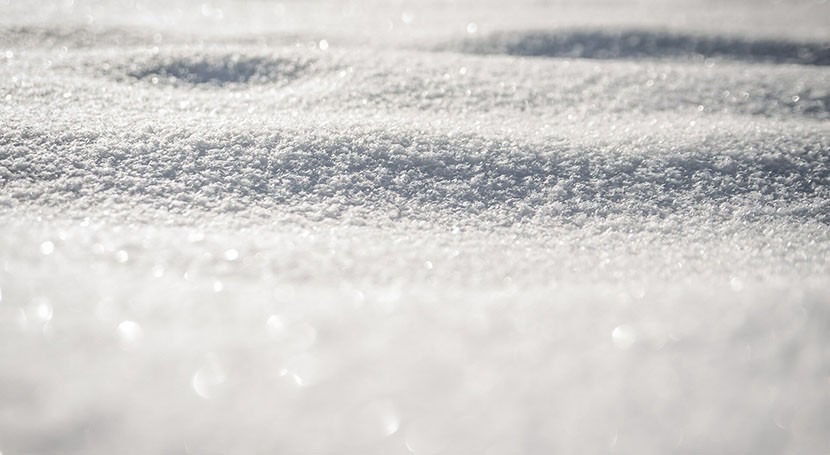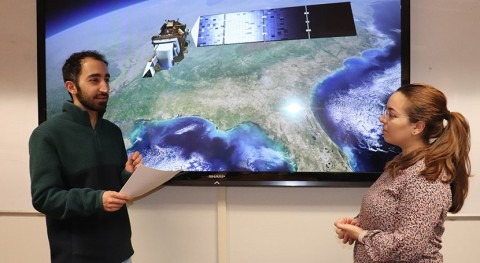Scott Hotaling, an Assistant Professor in the Department of Watershed Sciences in the Quinney College of Natural Resources, is exploring how the watermelon-tinted blooms of snow algae impact mountain snowpack—where they come from, what triggers a bloom, and what factors influence the size, scale and magnitude of snow algal blooms.
Intensely brilliant and starkly white, freshly fallen snow is the most reflective natural surface on earth—normally. A clean snowpack reflects back most of the sun's energy and allows snowpack to persist longer into spring and summer seasons.
But snowpack levels in the West have taken a hit over the last few decades. They lose their reflectiveness when airborne dust settles onto their surface, or when dark-red blooms of snow algae grow and absorb solar energy. These darkening agents are changing how snow accumulates, persists and melts each season, with implications for hydropower, biodiversity, irrigation and drinking water.









